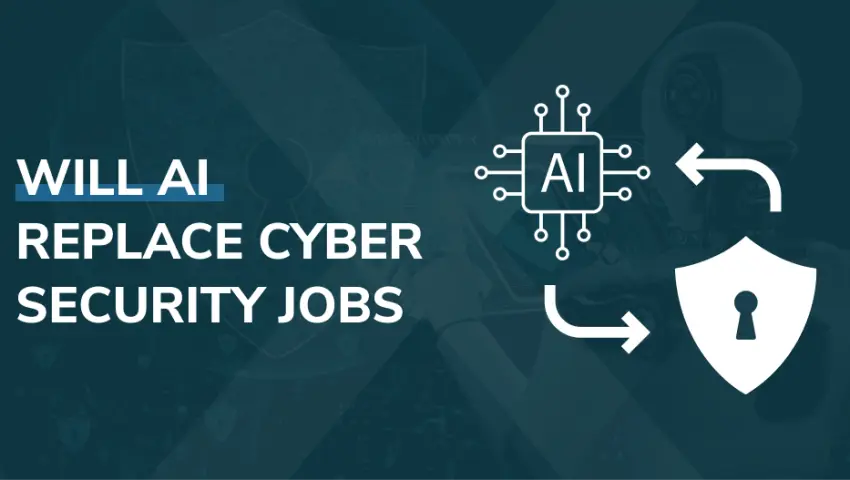As organizations face increasingly sophisticated threats, traditional roles and responsibilities in cybersecurity are being reshaped, creating both challenges and opportunities for professionals in the field. Understanding these changes is essential for anyone considering or currently pursuing a career in cybersecurity.
AI and Automation in Cybersecurity
AI and machine learning are transforming how threats are detected, analyzed, and mitigated. Automated systems can now process vast amounts of data in real time, identifying anomalies and potential attacks faster than human analysts. Threat intelligence platforms, behavioral analytics tools, and automated response systems allow organizations to respond to incidents proactively and at scale. While these technologies improve efficiency and accuracy, they also change the types of skills that cybersecurity professionals need.
Shifting Roles and Responsibilities
With AI handling repetitive and routine tasks, the demand for traditional, manual monitoring roles may decline. Instead, cybersecurity professionals are increasingly expected to focus on strategic, analytical, and decision-making tasks. Roles such as security analysts, threat hunters, incident responders, and penetration testers are evolving to incorporate AI tools, requiring a blend of technical expertise, creativity, and problem-solving skills.
Additionally, there is a growing need for specialists in AI security, who can evaluate and safeguard machine learning models from adversarial attacks, data poisoning, and other AI-specific threats. Professionals skilled in governance, compliance, and ethical AI use are also becoming vital, ensuring that automated security solutions operate safely and within legal boundaries.
Opportunities for Upskilling
To remain competitive, cybersecurity professionals must continuously upskill. Familiarity with AI concepts, machine learning frameworks, data analytics, cloud security, and automation tools will be essential. Certifications in AI-driven security, cloud platforms, and ethical hacking can provide an edge in a rapidly changing job market. Soft skills such as critical thinking, collaboration, and communication remain equally important, as humans will still oversee AI-driven systems and interpret complex threat intelligence.
The Human-AI Partnership
The future of cybersecurity is not about AI replacing humans but augmenting them. AI enhances human decision-making, reduces errors, and allows professionals to focus on high-value tasks such as strategy, risk management, and proactive threat mitigation. Human oversight is essential for interpreting nuanced threats, ethical decision-making, and responding to unprecedented attacks that AI may not yet fully understand.
Conclusion
AI and automation are reshaping the cybersecurity profession, creating new roles, altering existing ones, and raising the bar for skills and expertise. Professionals who embrace AI tools, continuously update their knowledge, and focus on strategic, analytical, and ethical aspects of security will find ample opportunities. The future of cybersecurity is not just automated—it is collaborative, with humans and intelligent systems working together to protect digital assets in an increasingly complex threat landscape.


